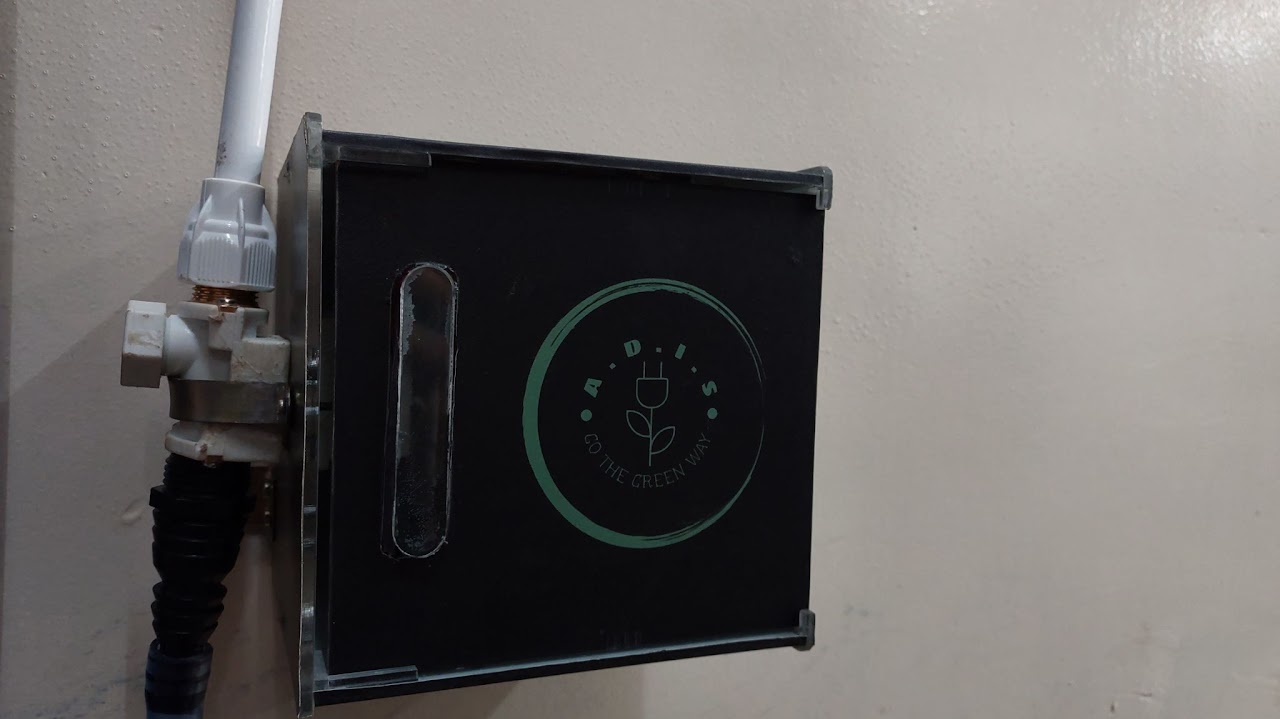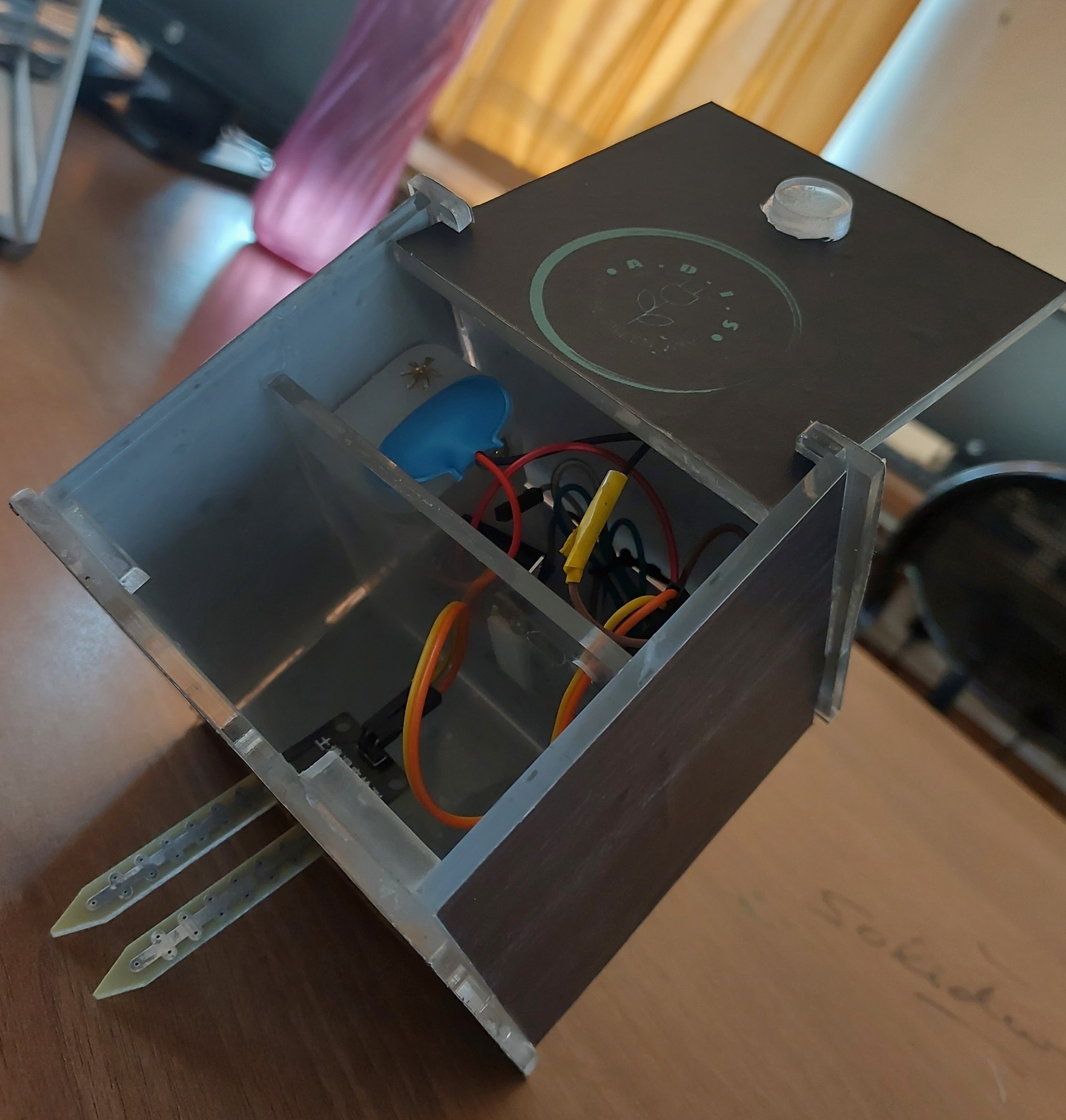Project Description
The Automated Domestic Irrigation System (A.D.I.S) addresses the challenges of manual gardening, which demands constant monitoring and timely irrigation. The system leverages IoT-based automation to create a self-regulating irrigation solution driven by real-time soil moisture data.
The design incorporates two ESP8266-powered modules: one for sensing and one for control. The sensor unit uses a soil moisture sensor to gauge dielectric permittivity and transmit data wirelessly. The control unit then actuates the irrigation valve accordingly. This solution is ideal for households with diverse horticultural needs, minimizing human effort and enabling accessible plant care for the elderly or busy individuals.
Technologies Used
ESP8266, Soil Moisture Sensor, IoT, HTML, WiFi Communication

